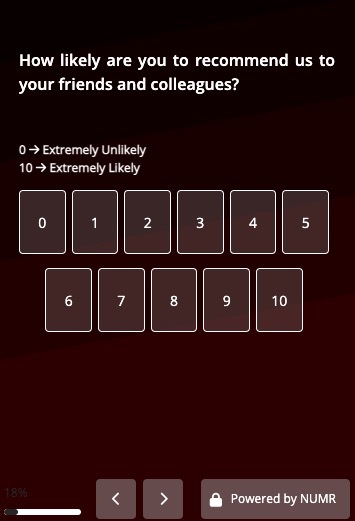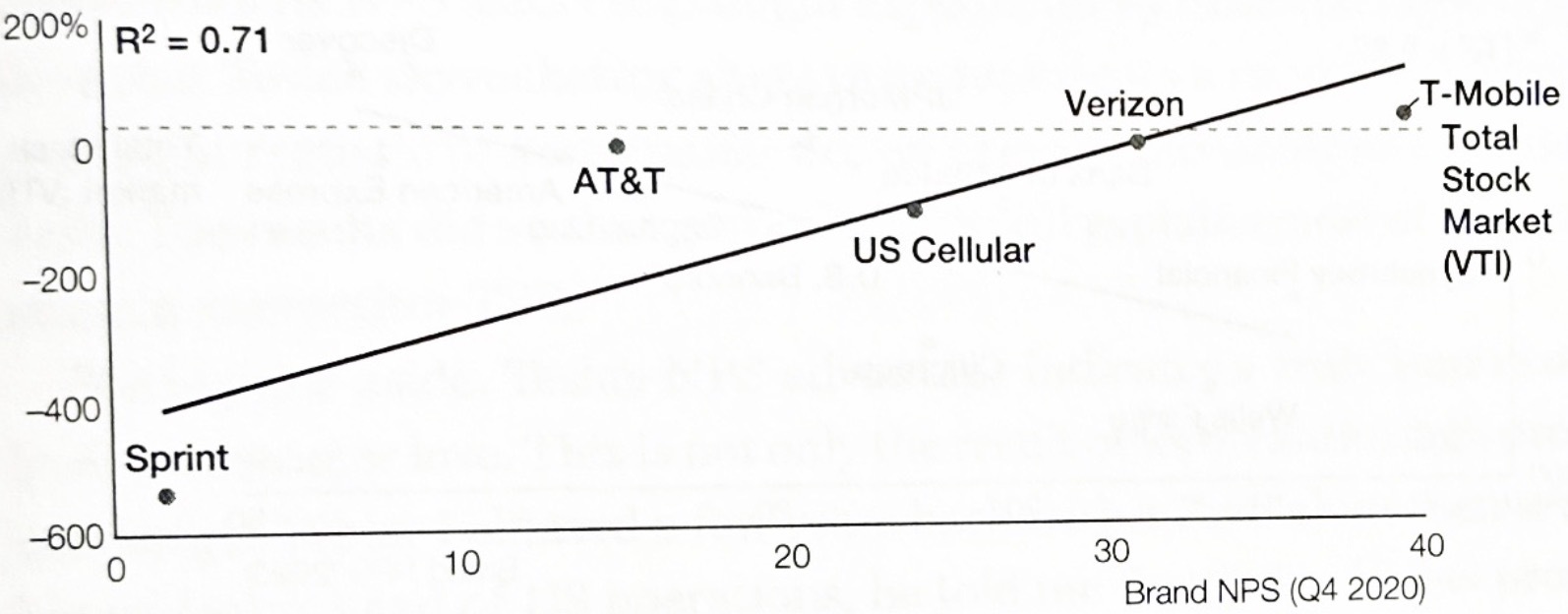
Fred Reichheld and Laura Brooks developed the NPS® question in 2001. The question is a simple 11-point scale question that is shown below:

NPS® was developed with just one objective - to link human emotions with something tangible (read financial). Hence when this analysis was initially published, the first number that NPS® got attached to was with growth rates of different companies.
To get to the NPS number, we sum at all those who give a 9 or 10 and call them promoters and subtract the sum of all those who have given 6-0 and call them detractors.
A similar exercise was done for other scales as well. The researchers used a 5, 7, 10, 11 & 100-point scale. Only when they used an 11-point scale were they able to establish a link between NPS® and financial results.
This financial link has been proven across multiple industries across multiple periods.
Below are some examples:



If you would like your NPS® score to mean more than just a number, and you want to associate it with a financial measure, you would have to follow the same methodology of the 11-point scale as that is the one that best links with financial metrics.
Also, please do not color your scale as this would invariably bias your respondents, and you would not get the same result you want (read more).
The NPS® scale is a scientifically derived measure using empirical data observations. There are many years of research that went into developing the NPS metric. If a different scale is used, it can no longer be called an NPS® measure as it would love its predictive power and no longer be helpful as a business KPI.